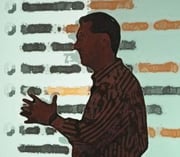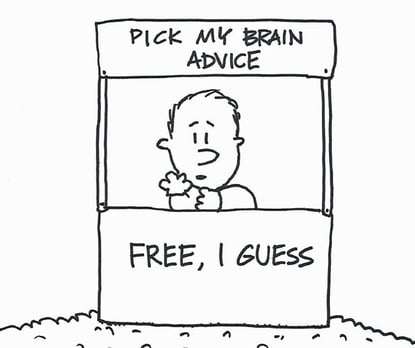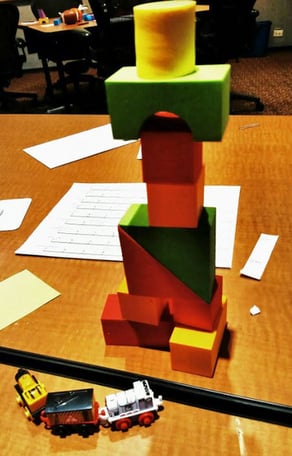This post has been too long in coming, dating to an outstanding presentation at the American Marketing Association Market Research Conference I chaired. In one of the fastest paced 90 minute presentations I've ever seen, Robert Adams, CEO and Founder of Infact Insight, delivered tremendous content (and lots of it) on "Supercharging Presentations - Charts Worth 1000 Words." As I rapidly tried to live tweet, the session certainly lived up to its supercharged billing!
Here are sixteen creative ideas Robert Adams shared to help rethink how you're creating and delivering presentations:
General Presentation Reminders
- While public speaking is among the worst
 fears, communication skills are important factors in personal financial success. It's a very worthwhile skill to force yourself to develop, even if it seems uncomfortable.
fears, communication skills are important factors in personal financial success. It's a very worthwhile skill to force yourself to develop, even if it seems uncomfortable. - Great presentations take multiple talents, so you'll likely need collaboration in preparing and delivering one. If you're presenting regularly, make sure you have a creative team to reach out to for help.
- Break presentations into three steps: preparation (doing upfront analysis and strategic thinking), creation (distilling the information you need to convey), and delivery (putting everything together and sharing it with the audience).
- Want to get exposure to lots of powerful presentations? Go to the TED conference website and watch the great presenters showcased there.
Audience Analysis
- Audience analysis is a fundamental early step in presentation prep. Think through the audience's composition, personality, and relevant problem definition. Use mind mapping for this last element, starting an issue tree with the primary audience problem, and branching into its components.
- Determine what it will take to get key audience members to act. What are their wants and needs? What are they for or against, and what's required to move them effectively?
- Storyboard your presentation before going to the computer. Sketch an outline in words (and ideally pictures), put it away, and return to review it later. This process takes time, but it pays off in a well-structured, holistic presentation.
Refining Presentation Look and Feel
- Struggling to think through the right visuals for a presentation? Robert Adams recommends visiting Chart Chooser to help identify appropriate visuals based on your intended message.
- Since your audience will likely have a mix of big picture and detail-oriented thinkers, look for ways to represent both elements in one graphic to accommodate each type of audience member. Consider how you can use pictures to present quantitative data.
- Adams recommended using older fonts with historical information - an innovative take I'd never considered.
- Force yourself to get a presentation to as few pages as possible. The effort to accomplish this will both benefit the presentation and force you to get all the relevant points into your head, avoiding the need to memorize it.
Delivering Presentations
- Two of the most important moments in any successful presentation are the opening and close. Make sure you have strong, high impact content and staging. Take advantage of the roles primacy and recency play in what your audience will remember.
- Be open and friendly when delivering a presentation. It's important to smile, use deliberate gestures, and avoid unnecessary distractions (i.e., poor posture, putting your hands in your pockets, grooming yourself, etc.).
- Always have a presentation parachute, just in case one or more things go wrong as you're presenting.
- When handling questions near the end of a presentation, be mindful of time. Don't end on questions - instead move into a pre-planned wrap-up in your remaining moments.
Summary
- Step outside of the typical presentation and be different in a positive and distinctive way. Invest the time in preparation and creation to be able to do different things with charts, graphs, and the ways you'll ultimately deliver a well-rehearsed presentation.
You can check out additional strategic and creative tips on improving your presentations from the Brainzooming archives. And while you're thinking about it, what's working for you on the presentations you're doing? - Mike Brown




